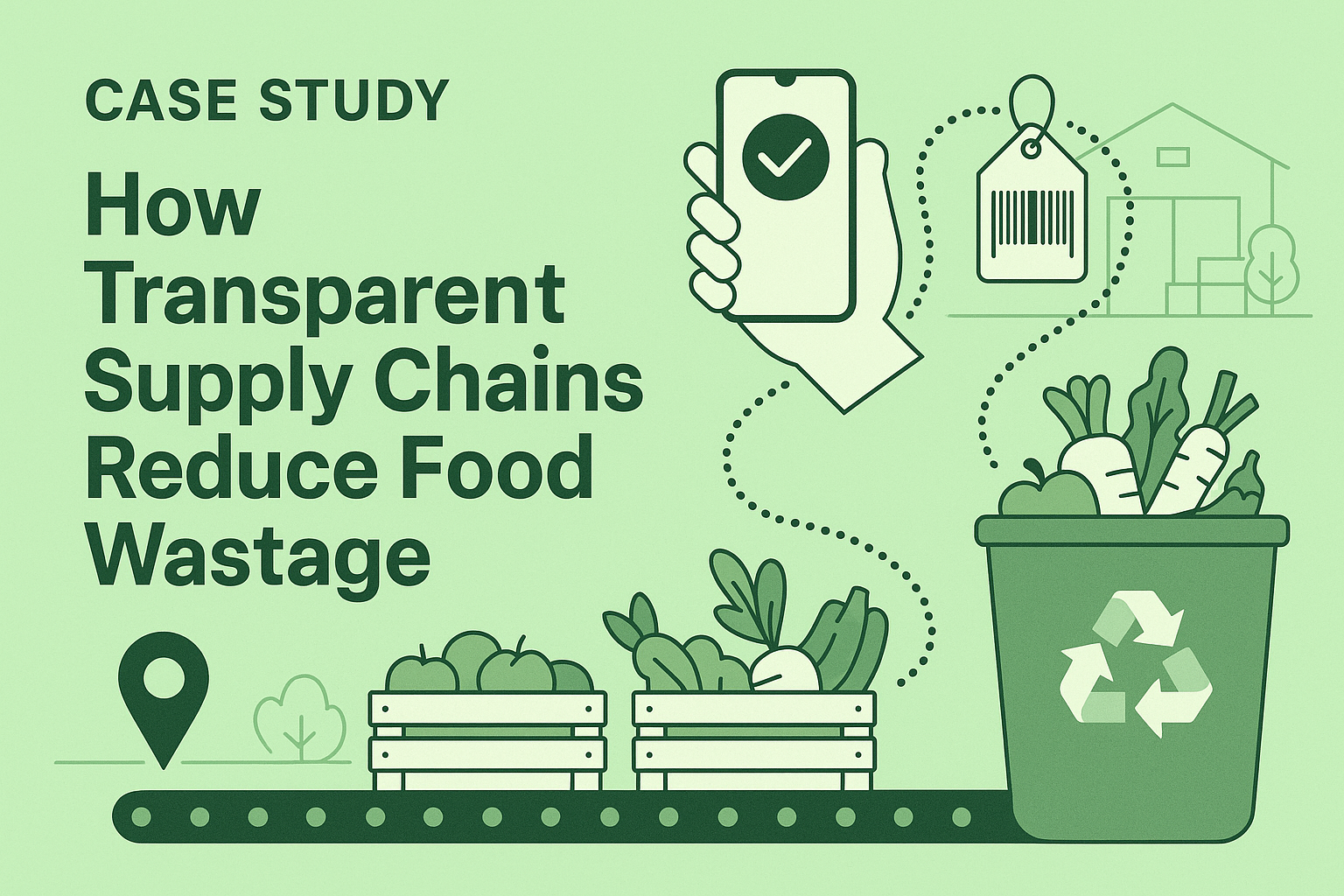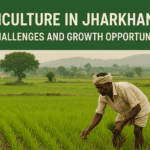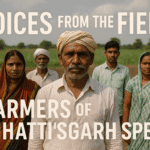Introduction
Every year, India wastes nearly 40% of its total food production, amounting to losses worth billions of dollars. This wastage not only affects the economy but also impacts millions of farmers, who lose income due to poor storage, transportation issues, and market inefficiencies. At the same time, consumers pay higher prices while often receiving poor-quality produce.
The root cause lies in an opaque supply chain — where farmers, traders, distributors, and retailers operate in silos with little coordination or accountability. But there is a solution: transparent supply chains powered by traceability, digital tools, and direct market linkages.
In this case study, we explore how Bharat Farm Connect and similar models are showing the way to reduce food wastage and build trust among all stakeholders.
The Problem: Why Food Wastage Happens in India
1. Lack of Cold Storage & Transport Facilities
- Nearly 30% of fruits and vegetables are wasted due to poor post-harvest storage.
- Farmers often cannot afford cold chains or refrigerated trucks.
2. Middlemen-Heavy Supply Chains
- Produce passes through multiple intermediaries before reaching consumers.
- Each step increases handling and wastage.
3. Uncertain Demand Forecasting
- Farmers grow crops without knowing exact demand.
- Oversupply leads to unsold produce, while undersupply causes shortages.
4. Lack of Traceability
- Buyers don’t know where their food comes from.
- This disconnect reduces accountability in handling and quality checks.
Snapshot of Food Wastage in India
- Post-harvest losses: ~₹92,000 crore annually.
- Fruits & vegetables wastage: ~30–35%.
- Grains wastage (due to poor storage): ~10–12%.
- Impact: Farmers earn less, consumers pay more, environment suffers (methane emissions from waste).
The Solution: Transparent Supply Chains
Transparent supply chains bring visibility at every stage — from farmer to consumer. Using digital platforms, blockchain, and mobile tools, farmers can connect directly with buyers, while consumers can trace the origin of their food.
Key Elements of Transparent Supply Chains:
Digital Market Linkages – Farmers sell directly to businesses/consumers.
Traceability Technology – Each product carries details of its origin.
Cold Chain Integration – Ensures minimal wastage during transport.
Demand-Supply Matching – Platforms forecast demand and guide farmers.
Accountability at Every Stage – Less chance of mishandling or waste.
📖 Case Study 1: Tomato Supply in Chhattisgarh
The Challenge:
Farmers in Durg district were losing nearly 25% of tomato yield every season due to oversupply in local markets and lack of cold storage.
The Solution:
- Bharat Farm Connect introduced a direct buyer-seller model with local retailers and food processors.
- QR-based traceability allowed buyers to track the farm source.
- A small cold storage hub was established with collective funding.
The Result:
- Wastage reduced from 25% to under 8% in the first season.
- Farmers’ net income grew by 20–25% due to better price realization.
- Retailers received consistent quality supply with reduced spoilage.
Case Study 2: Dairy Supply in Jharkhand
The Challenge:
Milk producers faced spoilage because of poor transport and no chilling plants. Around 15% of daily milk collection was wasted.
The Solution:
- A transparent collection model was launched with GPS-enabled trucks.
- Digital logs tracked milk quantity, temperature, and delivery timelines.
- Farmers received instant mobile payments for their supply.
The Result:
- Spoilage reduced from 15% to 3%.
- Consumers in urban centers received fresher, safer milk.
- Farmer incomes increased by 12%, and trust in the system improved.
Case Study 3: Vegetable Export from Odisha
The Challenge:
Odisha farmers growing brinjal and green chilies wanted to enter export markets but suffered from rejection due to lack of traceability and inconsistent quality.
The Solution:
- Transparent supply chain system introduced with blockchain-based traceability.
- Each export batch included details of farm, farmer, and pesticide use.
- Cold chain ensured safe transport to ports.
The Result:
- Export acceptance rate improved by 40%.
- Wastage reduced significantly as rejected produce was diverted to local markets quickly.
- Farmers entered premium international markets, earning 2x more.
Benefits of Transparent Supply Chains
For Farmers:
- Reduced post-harvest losses.
- Direct linkages = better prices.
- Access to premium domestic and global markets.
Business Essentials:
- Reliable, traceable sourcing.
- Consistent quality supply.
- Lower operational costs due to reduced wastage.
Consumer Solutions:
- Fresher, safer food.
- Ability to “know your farmer.”
- Trust in what they eat.
Impact Summary
| Metric | Before Transparency | After Transparency |
|---|---|---|
| Tomato wastage (Chhattisgarh) | 25% | 8% |
| Dairy spoilage (Jharkhand) | 15% | 3% |
| Export rejection (Odisha) | 40% | 10% |
| Farmer income growth | Low, unstable | 20–100% higher depending on crop |
Way Forward
Adopt Technology Widely – Encourage blockchain, IoT, and digital traceability in agriculture.
Promote Collective Models – Farmer Producer Organizations (FPOs) can invest in cold storage and logistics.
Policy Push – Governments should incentivize transparent supply chains through subsidies and schemes.
Consumer Awareness – Create campaigns around “Know Your Farmer” to boost demand for traceable products.
Private Partnerships – Agritech startups, retailers, and exporters should collaborate with farmers for shared benefits.
Conclusion
Food wastage is not just a farmer’s problem—it is a national challenge that impacts food security, farmer livelihoods, and consumer trust. Transparent supply chains offer a win-win solution: they cut wastage, improve farmer incomes, and deliver fresher food to consumers.
The case studies from Chhattisgarh, Jharkhand, and Odisha prove that with the right systems, wastage can be reduced by up to 70%, while farmer incomes rise significantly.
At Bharat Farm Connect, we believe transparency isn’t just a business model—it’s a movement towards a sustainable, efficient, and fair agricultural system.






